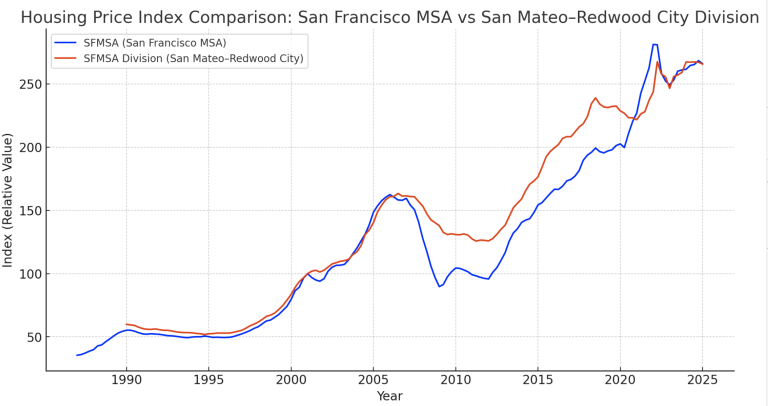Many people feel Proposition 19 was “snuck in” or that voters didn’t fully realize what they were agreeing to. Ever since it passed, there’s been a lot of confusion and frustration. The takeaway is that it’s essential to really understand what’s on the ballot before casting a vote.
The part that confuses most people is who Prop 19 actually impacts. The truth is, it mainly affects people who inherit a home but don’t plan to live in it themselves.
How Prop 19 Works for Inherited Homes
- If You Move In
- If you inherit a family home and make it your primary residence, you can keep the low property tax base your parent or grandparent had.
- But there’s a limit: if the market value is more than $1 million higher than the old taxable value, the amount above that gets added to your new tax base.
- Example: If the old taxable value was $300,000 and the home is worth $1.6M when transferred, the new taxable value becomes $600,000. Unaffordable? Remember, these inherited homes typically come with no mortgage payment.
- If You Rent It Out
- If you inherit a property and don’t live in it (for example, you turn it into a rental), it’s reassessed at full market value. That means you lose the lower tax base your parent or grandparent had.
Why the change? It comes down to trade-offs. Prop 19 gave homeowners a valuable new benefit: the ability to transfer their low property tax base to any location in California when they move. However, to offset the cost, the state decided that heirs who use inherited property as an investment—not as a primary home—should pay property taxes based on today’s market value.
Put simply, if you live in the home, you retain most of the old exclusionary tax break. If you turn it into an income property, the state treats it like any other investment. While it may feel harsh, the intent was to make the system fairer by ensuring investors pay their share, while still protecting families who truly keep the home as their residence.
Prop 13 vs. Prop 19: Key Differences
| Feature | Proposition 13 (1978) | Proposition 19 (2020) |
| Property Tax Rate | Capped at 1% of assessed value | Still capped at 1% (Prop 19 did not change this) |
| Annual Increases | Assessed value can rise max 2% per year | Same 2% cap applies |
| Reassessment Trigger | Reassessed at market value when sold or newly built | Same rule applies |
| Parent-to-Child / Grandparent-to-Grandchild Transfers | Heirs could keep the low tax base on homes (and sometimes rentals) without limits | Heirs can keep the low tax base only if they move in and use it as their primary residence. If rented out, reassessed at market value |
| Value Limit for Inherited Homes | No value limit; heirs kept original tax base regardless of property’s market value | Tax base is kept only up to $1 million above the original assessed value (adjusted for inflation). Anything over is added to the tax base |
| Moving Low Tax Base to a New Home | Only allowed for people 55+ or disabled, and only within the same county (or limited counties) | Homeowners 55+, disabled, or wildfire victims can transfer their low tax base anywhere in California up to 3 times |
| Overall Goal | Keep property taxes stable and predictable for long-term owners | Expand portability of tax savings for older/disabled homeowners, while limiting tax breaks on inherited investment properties |
Drew and Christine Morgan are experienced REALTORS and NOTARY PUBLIC located in Belmont, CA, where they own and operate MORGANHOMES, Inc. They have assisted buyers and sellers in their community for over 30 years. Drew and Christine have received the coveted Diamond award, ranking among the top 50 agents nationwide and the top 3 in Northern California by RE/MAX. To contact them, please call (650) 508.1441 or emailinfo@morganhomes.com.
For all you need to know about Belmont, subscribe to this blog right here. You can also follow us on Facebook and on X.
This article provides educational information and is intended for informational purposes only. It should not be considered real estate, tax, insurance, or legal advice; it cannot replace advice tailored to your situation. It’s always best to seek guidance from a professional familiar with your scenario.
BROKER | MANAGER | NOTARY






















